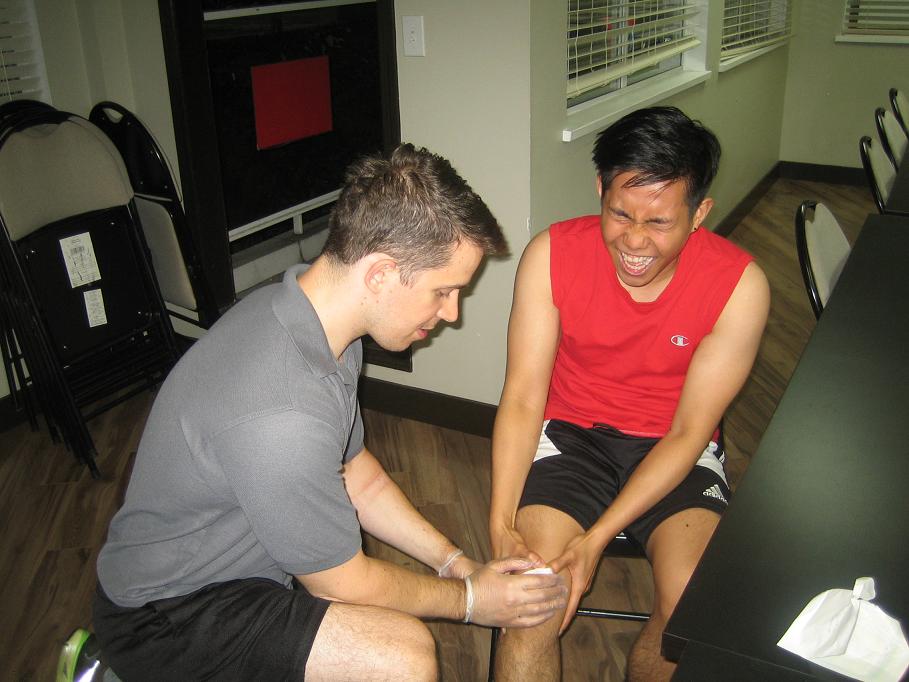An ice burn is an injury from ice or other cold thing that comes in direct contact with the skin. It happens after a prolonged exposure to freezing or below-freezing temperatures such as cold pack applied directly on the skin. The water in cells of the skin becomes frozen and forms sharp crystals that damages the skin cell structure. It causes constriction of the blood vessels and causes a lessened flow of blood to other areas and worsens the condition.
Symptoms of an ice burn
- Changes of skin color such as bright red and turns to white or yellowish-gray coloration.
- Tingling sensations
- Numbness
- Itchiness
- Pain
- Firm or waxy skin and looks white
- Development of blisters
- Sensations of pins and needles pricking the area
- Skin remains white after exposure to heat
- Taut skin
- Itching
Sensations of pins and needles pricking the area. - Redness
- Hardening
Causes
- Pressing ice or cold packs directly on bare skin.
- Prolonged contact with snow
- Cold weather
- High-velocity winds
- Wearing poor or thin clothing in very cold weather condition
- Wet and soaked and exposed to low temperatures or winds
Risk factors
- Taking medications such as beta-blockers which are medications that lessen the flow of blood to the skin.
- Smoking
- Conditions such as peripheral vascular disease, diabetes and problems with circulation
- Peripheral neuropathy
- Young children and older people with fragile skin
- Overweight
Treatment
- Fill a bucket with warm water and soak the affected area for at least 15-20 minutes. Throw the cold water and refill it again with warm water and repeat the procedure until the color of skin is pinkish which is the normal color of the skin. Another alternative is soaking a hand towel in warm water and then apply it directly to affected area.
- Apply warm compresses on blankets, as warm that can be tolerated to prevent burns and causes further irritations.
- Avoid applying heat on the affected area using electric blankets, blow dryers, blowers or radiators to prevent further damage on the area.
- Avoid massage on the area, to prevent moving the crystals in the skin cells and cause severe pain and delays the healing.
- Apply petroleum jelly on the blisters. Apply over-the-counter antibiotic ointment and then cover it with non-stick gauze with stretchable bandage tape to prevent development of infections.
- Over-the-counter pain medications to lessen the pain. When the skin starts to heal, apply aloe Vera or other topical gels to lessen the discomfort.
- Prescribed medication if the area develops severe tissue damage such as the skin remains numb, cold and hard after rewarming.
Tips
- Use small sized ice pack.
- Avoid applying it directly on the skin; wrap it in a towel or a thin cloth.
- Use bag of frozen vegetables for sensitive or aging skin to lessen the risk of ice burns
FACT CHECK
https://www.healthline.com/health/ice-burn
https://www.medicalnewstoday.com/articles/322606.php
https://remedygrove.com/remedies/How-To-Treat-A-Cold-Pack-Burn


